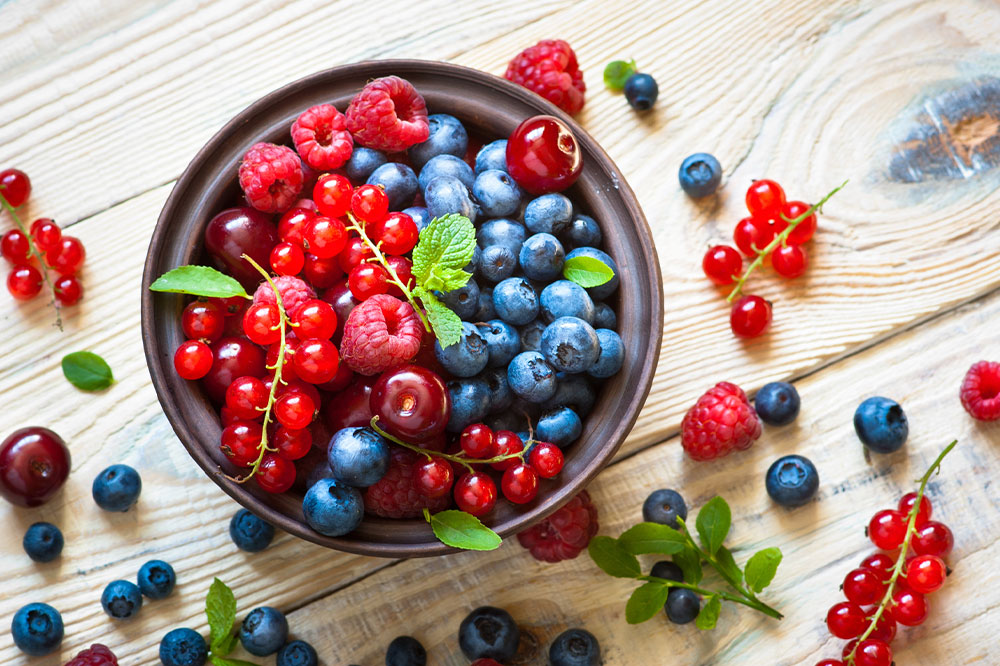6 Habits to Avoid to Manage Rheumatoid Arthritis

Rheumatoid arthritis is a chronic inflammatory disorder that may affect multiple joints in the body. Furthermore, the chronic condition may make it difficult to hold or grab objects and affect one’s ability to participate in daily tasks, which can be quite frustrating. There are several ways to deal with the inflammation caused by rheumatoid arthritis. However, it is also imperative for one to let go of certain unhealthy lifestyle habits to manage their condition better.
Walking around in uncomfortable footwear
One may wish to wear trendy footwear that they come across on social media daily. Sometimes, people do so even if the shoe is uncomfortable. Wearing uncomfortable shoes may lead to pain in the toes and also affect the joints in the legs, especially if the individual has arthritis. Therefore, one should ensure they wear well-cushioned shoes and those with adequate ventilation. Individuals should also avoid shoes with high cushioning and arch support as this may reduce the foot’s natural shock-absorbing contractions when it makes contact with the ground. Furthermore, the heel of shoes should be kept to a minimum of 1.5 inches or lower.
Lack of physical activity
The onset of pain from rheumatoid arthritis may also discourage a patient from indulging in regular physical activity. But the lack of physical activity like workouts may have a long-term adverse effect on one’s general fitness. People diagnosed with rheumatoid arthritis should indulge in at least 30 minutes of walking, swimming, or cycling to manage their condition better. One could also speak to a healthcare expert about the right exercises for their condition. Physical activity may also help improve one’s mood and sleep, strengthen bones, and curb inflammation, a contributing factor to RA.
Dwelling over pain
The pain caused by rheumatoid arthritis can make anyone want to sit at home without doing anything. However, by doing so, one might develop the impression that one will not be able to indulge in activities for the rest of their life. It is one of the reasons why RA patients are advised against dwelling on the pain caused by the condition and instead look for ways to work around it. Healthcare professionals may ask patients to write down how they feel in a given situation and assign a pain level number to it. Doing so may help them realize that some days are much better than others, encouraging them to be more active.
Stressing out
Stress is often considered a trigger factor of rheumatoid arthritis. The longer an individual is stressed, the more likely they are to experience severe pain caused by RA. Therefore, one should learn ways to manage stress levels if one wishes to control arthritis symptoms. A few ways to avoid stress include meditation, listening to music, and spending time outdoors.
Poor sleeping habits
Several people have rheumatoid arthritis because of poor sleeping patterns. It happens because they frequently watch television late at night, drink too much coffee late in the day, or exercise before bed. These factors result in poor sleep patterns or make falling and staying asleep hard. Furthermore, staying awake may also increase the chances of fatigue and bad moods. All of these factors may result in the development of inflammation in people with rheumatoid arthritis. By getting adequate rest, RA patients could work towards managing their symptoms.
Eating unhealthy foods
One of the essential steps in managing rheumatoid arthritis is to let go of unhealthy eating habits. Eating red meats like pork, mutton, and beef may introduce saturated fats to the body. Further, excess amounts of these fats can result in acquiring unhealthy body mass, which is linked to inflammation in people with arthritis. One should also limit milk intake because of its casein content, which contributes to RA. Furthermore, one should avoid foods rich in purine, refined carbohydrates, refined sugars, and solanine, as these are common triggers of inflammation that may worsen rheumatoid arthritis.
Smoothies to manage RA
Apart from letting go of unhealthy eating habits, one should also consider eating certain healthy foods to improve their condition. Furthermore, they can make smoothies from the food items mentioned below to make meals enjoyable while offering adequate nutrition to help curb inflammation.
Berries
Berries are an excellent source of anti-inflammatory properties known to fight inflammation. A few food options in meals include raspberries, strawberries, and blackberries. These contain the properties like anthocyanins which curb inflammation in the joints and other areas affected by arthritis. One can mix a cup of unsweetened coconut milk, one cup of mixed berries, and a fourth of vanilla greek yogurt to concoct a healthy berry smoothie.
Spinach
Dark leafy greens like spinach are the perfect source of vitamin E. The vitamin protects the body against pro-inflammatory molecules. The vegetable is also abundant in vitamin C, which promotes collagen production in the body – a vital component in improving joint flexibility. One can combine a cup of pineapple, a cup of spinach, one teaspoon of lime juice, and a cup of unsweetened coconut milk. Fusing these ingredients can render a green smoothie that provides multiple anti-inflammatory benefits.
Bananas
Adding fruit like bananas to meals can significantly boost their magnesium and potassium levels, which are essential for superior bone density. Improved bone strength may help fight the symptoms of joint pain. Furthermore, magnesium may also ease arthritis symptoms. A half cup of mango, pineapple, and banana, blended with a cup of unsweetened coconut milk, will make the perfect tropical sunrise smoothie to fight rheumatoid arthritis.
Although rheumatoid arthritis does not have a cure, early diagnosis, prompt therapy, and changes in nutritional and lifestyle habits will help reduce the severity of the symptoms and help patients lead a normal lifestyle. If left untreated for a long time, the condition can interfere with the quality of life and permanently damage joints.


